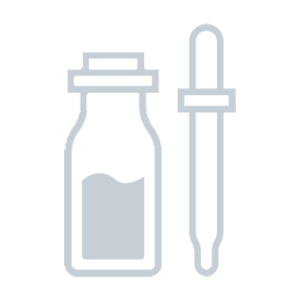Comparison between La Roche-Posay Double Repair Face Moisturizer UV SPF 30 vs. Alastin Hydratint Pro Mineral Broad Spectrum Sunscreen SPF 36
- 29 components -
- 34 components -
Find out which product is better for your skin.
Ingredients in both products 6
Water, Glycerin, Dimethicone, Stearic Acid, Dimethicone/Vinyl Dimethicone Crosspolymer and 1 more. Show all.
Components only in La Roche-Posay Double Repair Face Moisturizer UV SPF 30 23
Uniqueness: 79.3%
Components only in Alastin Hydratint Pro Mineral Broad Spectrum Sunscreen SPF 36 28
Titanium Dioxide, Zinc Oxide, Aluminum Hydroxide, Asteriscus Graveolens Flower/fruit/leaf/stem Extract, Butylene Glycol and 23 more. Show all.
Uniqueness: 82.4%
Face to Face
Components position by position
1
Avobenzone
1
Titanium Dioxide
2
Homosalate
2
Zinc Oxide
3
Octisalate
3
Aluminum Hydroxide
4
Octocrylene
4
Asteriscus Graveolens Flower/fruit/leaf/stem Extract
5
Water
5
Butylene Glycol
6
Glycerin
6
Camellia Sinensis (Green Tea) Leaf Extract
7
Silica
7
Cyclopentasiloxane
8
Dimethicone
8
Dimethicone
Show others
Positive Effects
Find out what good effects the product has
Both products provide the following effects: Antioxidant, UV Protection, Moisturizing, Softening, Soothing, Anti-aging, Regeneration, Hair structure improvement, Hair gloss
Effects unique for Double Repair Face Moisturizer UV SPF 30:
Cleansing, Acne fighting, Pore Shrinking, Lightening, Lifting, Elasticity improvement, Hair growth stimulatingEffects unique for Hydratint Pro Mineral Broad Spectrum Sunscreen SPF 36:
Nutrifying, Rejuvenation, Antifungal, Antiseptic, Deodorant, Anticellulite, Antiviral, Tones up skin, Protection, Hair strengthening, Hair protection-- Show more --
ECO Metrics
Find out how eco-friendly the components are
Vegan
No
No
Cruelty free
No
No
Reef safe
Yes
Yes
Ozone layer safe
Yes
Yes
Organic score
natural
9 out of 29
31%
chemical
19 out of 29
66%
natural
10 out of 34
29%
chemical
15 out of 34
44%
Concerns
Pay attention to this information
-- Extra information --
Components by Skin Type
Find out what components are good or bad for your skin type
Dry skin
Positive: 5Negative: 0
Glycerin#6Stearyl Alcohol#13Allantoin#14Palmitic Acid#20Tocopherol#29
Oily skin
Positive: 1Negative: 3
Allantoin#14Glyceryl Stearate SE#11Stearic Acid#12Myristic Acid#18
Sensitive skin
Positive: 1Negative: 1
Allantoin#14Citric Acid#25
Dry skin
Positive: 3Negative: 0
Butylene Glycol#5Glycerin#14Tocopherol#31
Oily skin
Positive: 2Negative: 1
Zinc Oxide#2Camellia Sinensis (Green Tea) Leaf Extract#6Stearic Acid#28
Sensitive skin
Positive: 2Negative: 0
Titanium Dioxide#1Zinc Oxide#2

